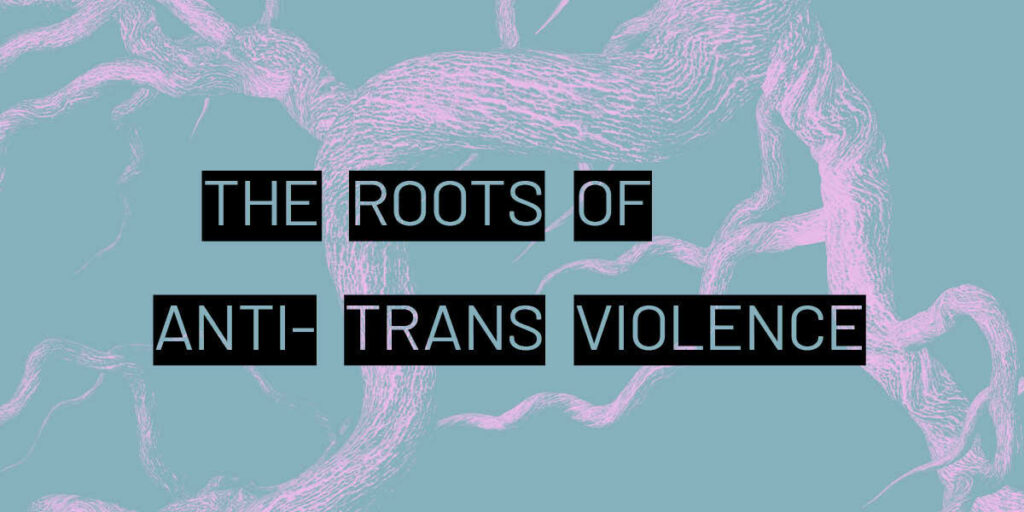
According to our research, there have been 139 reported incidents of fatal transphobic violence in the U.S. since 2017. The U.S. ranks third in the world for trans people who are violently killed, after Brazil and Mexico. The pervasive narrative surrounding trans people is about how many of us have died each year. But anti-trans violence isn’t just an interpersonal phenomenon.
Trans people are trapped in a web of violence. Institutions—like the government, agencies like ICE, the police—and individuals trap trans people into a life where we are vulnerable to being violently killed. Incidents of fatal anti-trans violence are not singular events. Rather, fatal transphobic violence is the result of multiple incidents over the course of a trans person’s life: every time we are refused healthcare, every time we are denied access to a homeless shelter, every time the police profile us as sex workers and incarcerate us.
Trans people aren’t killed because we’ve made the wrong choices in life. We’re killed because institutions and powerful individuals make the choice to put us at risk. Roxsana Hernandez died in the custody of Immigration and Customs Enforcement while living with HIV. Layleen Polanco died from a seizure while in solitary confinement at Rikers Island jail. Both deaths were preventable. We chose to feature four regions that are among those with the highest rates of violence in our study to illustrate the roots of anti-trans violence: Louisiana, Texas, New York, and Puerto Rico. Our study details the demographics of those who’ve been violently killed. And we also dive deeper to explore the culture and legislation that put trans people at risk. To end anti-trans violence, we have to fix all the conditions that lead to the violence in the first place.
Despite overwhelming violence, trans people are brilliant, creative people. We’ve had to build our own families, homes, and health. Trans communities represent the possibility of a future of interdependence and mutual care among all people. You’ll find resources for trans people included in each region’s report.
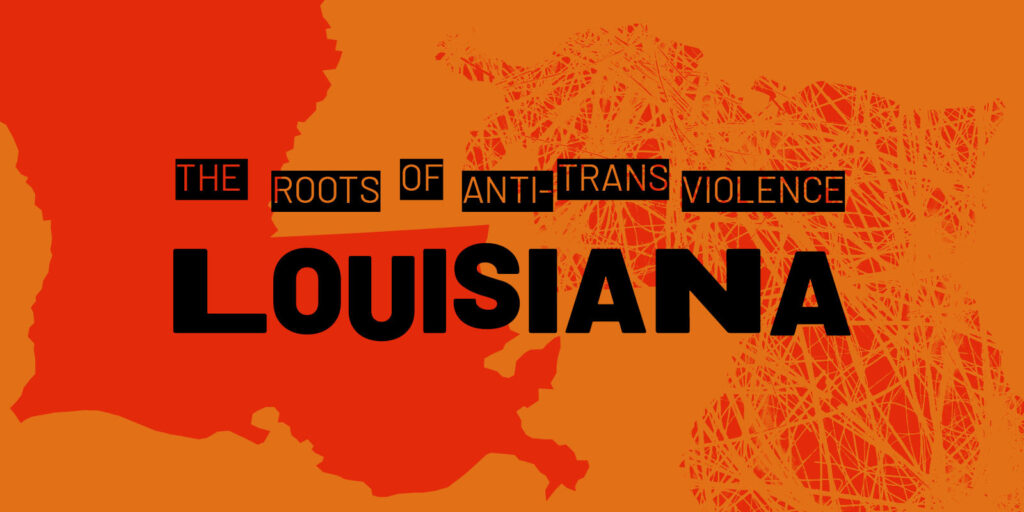
Louisiana
Between 2017-2020, advocates tracked 11 violent deaths of trans and nonbinary people in Louisiana. Take a deeper look into some of the issues facing TGNB Louisianans, learn about community-led solutions to end violence, and see how you can help.
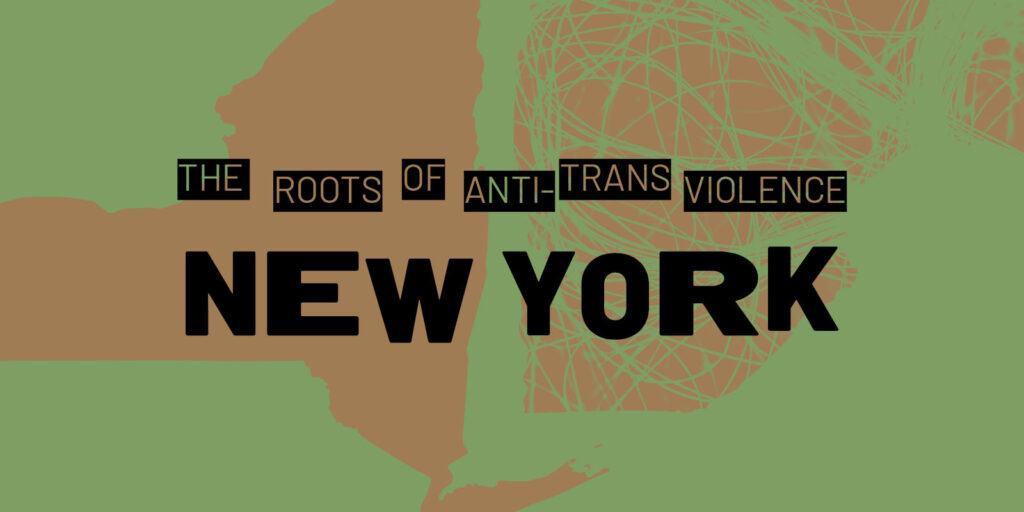
New York
Between 2017-2020, advocates tracked 9 violent deaths of trans and nonbinary people in New York State. Take a deeper look into some of the issues facing TGNB New Yorkers, learn about community-led solutions to end violence, and see how you can help.
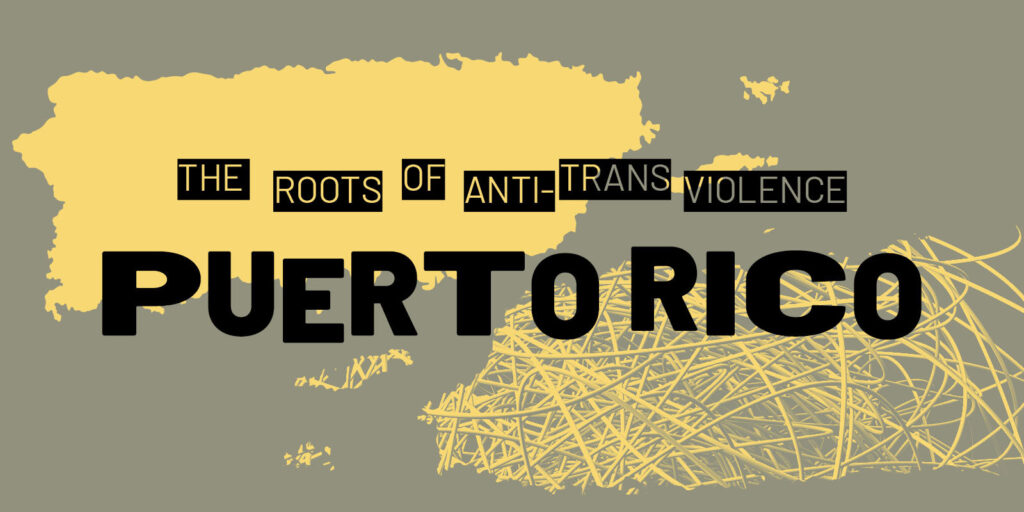
Puerto Rico
In 2020, advocates tracked 6 violent deaths of trans and nonbinary people in Puerto Rico. Take a deeper look into some of the issues facing TGNB Puerto Ricans, learn about community-led solutions to end violence, and see how you can help.
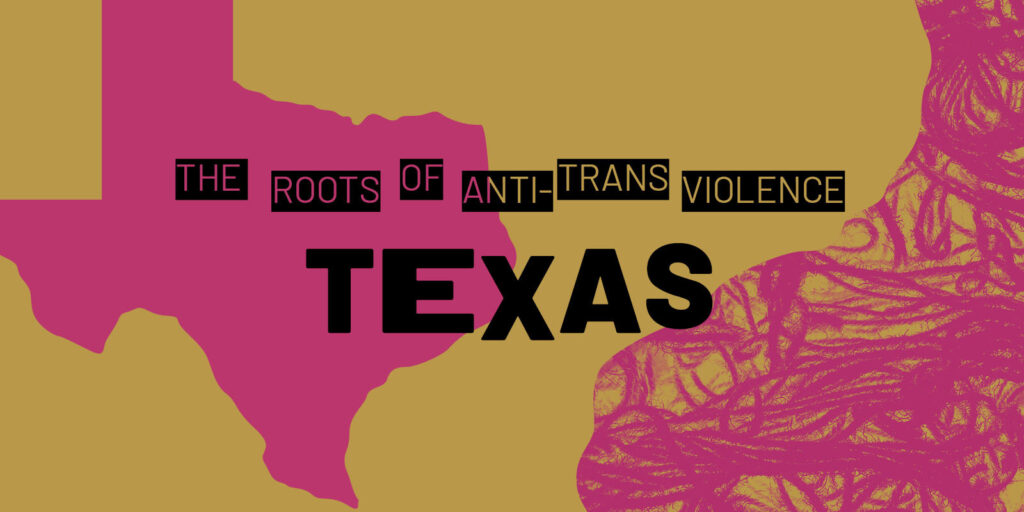
Texas
Between 2017-2020, advocates tracked 14 violent deaths of trans and nonbinary people in Texas. Take a deeper look into some of the issues facing TGNB Texans, learn about community-led solutions to end violence, and see how you can help.
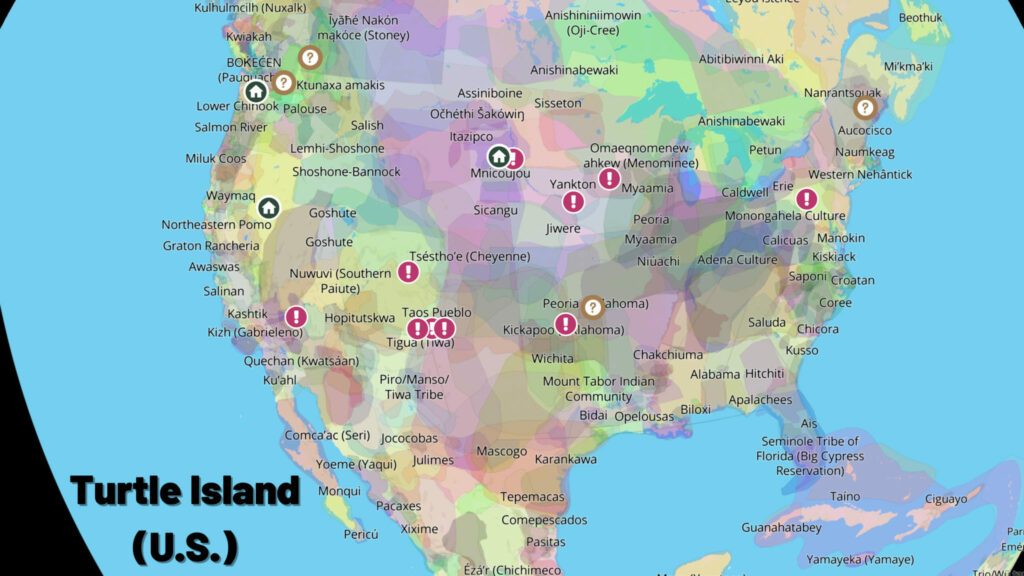
Indigenous Communities
Trans people are not killed simply because of the actions of one individual perpetrator. We are trapped in a web of violence by legislation and institutions, like the criminalization of gender-affirming healthcare and the false narratives about trans youth. For Indigenous communities, the legacy and ongoing violence of colonization adds a deeper layer to anti-trans violence.
